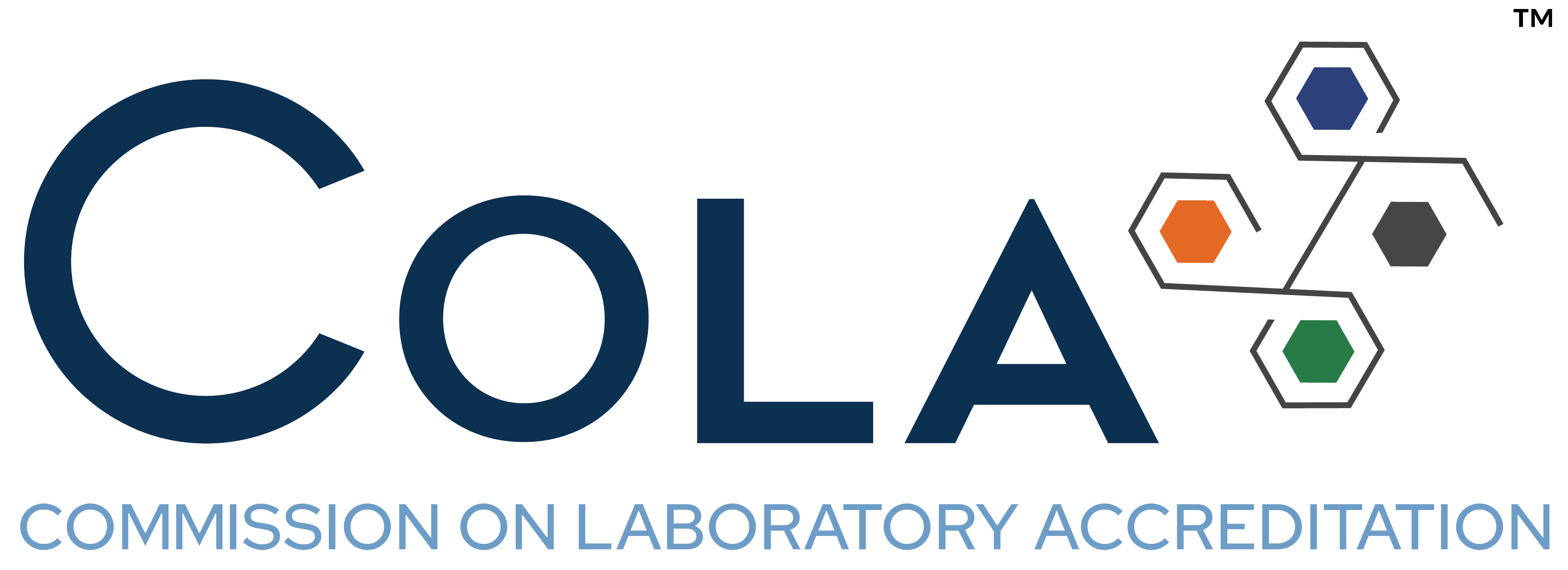Welcome back to our blog series on pathologist burnout. In our previous post, we discussed how a significant number of pathologists, like their clinical counterparts, suffer from burnout, depression and other mental health conditions. We are well aware that pathologists’ work goes beyond the microscope and workbench. Therefore, pathologist burnout has harmful consequences for patient care and safety such as impaired job performance, frequent medical errors and eventually a shortage of pathologists.
Traditionally, the prevailing attitude has been that burnout is solely an individual physician problem with solutions that largely target the providers themselves. However, this approach has not been effective in addressing the problem, as organizations tend to pursue a narrow list of individual solutions. These can include exercise classes and relaxation exercises, stress management workshops, social gatherings for decompression and improved access to child care. This argument was supported by a 2017 meta-analysis published in JAMA Internal Medicine which reported that these interventions were associated with relatively small reductions in burnouti. This explains why physicians often perceive these individually-targeted measures with skepticism. Focusing primarily on these interventional solutions neglects the organizational factors that are often the key drivers of physician burnout.
Extensive evidence suggests that burnout is a systemic issue and that both organizational and environmental factors play critical roles in determining whether physicians remain engaged or burn outii, iii. Employee engagement, the opposite of burnout, is the strength of the mental and emotional connection employees feel toward the work they do, their teams and their organization. Therefore, to successfully tackle physician burnout, we must consider strategies on both individual and organizational levels.
Organizational strategies include acknowledging and assessing the problems of burnout, harnessing leadership supports and power to improve employee engagement and developing and implementing targeted interventions to improve inefficient work environments. Equally important is cultivating peer support among physicians to navigate professional challenges, incentivizing and rewarding physicians wisely anddeveloping organizational values and culture that promotes physician engagement. Finally, organizations can make an impact by endorsing work-life balance to improve well-being, providing resources to promote resilience and self-care and facilitating and funding research to develop evidence-based strategies to combat burnoutiv.
These strategies are not only applicable to combat burnout and encourage engagement among physicians but also other healthcare employees, including laboratory professionals. Therefore, it is essential to implement these strategies to improve the well-being of all healthcare professionals.
In the next and final post of this four-part series, we shall discuss the impact of pathology digital transformation on pathologist burnout. Stay tuned for more insights on this important topic!
[i] Panagioti et al. Controlled Interventions to Reduce Burnout in Physicians: A Systematic Review and Meta-analysis. JAMA Intern Med. 2017 Feb 1;177(2):195-205.
[ii]Williams et al. Physician, practice, and patient characteristics related to primary care physician physical and mental health: results from the Physician Worklife Study. Health Serv Res. 2002 Feb;37(1):121-43.
[iii] Maslach and Leiter. Understanding the burnout experience: recent research and its implications for psychiatry. World Psychiatry. 2016 Jun;15(2):103-11.
[iv] Shanafelt and JH. Executive Leadership and Physician Well-being: Nine Organizational Strategies to Promote Engagement and Reduce Burnout. Mayo Clin Proc. 2017 Jan;92(1):129-146.

